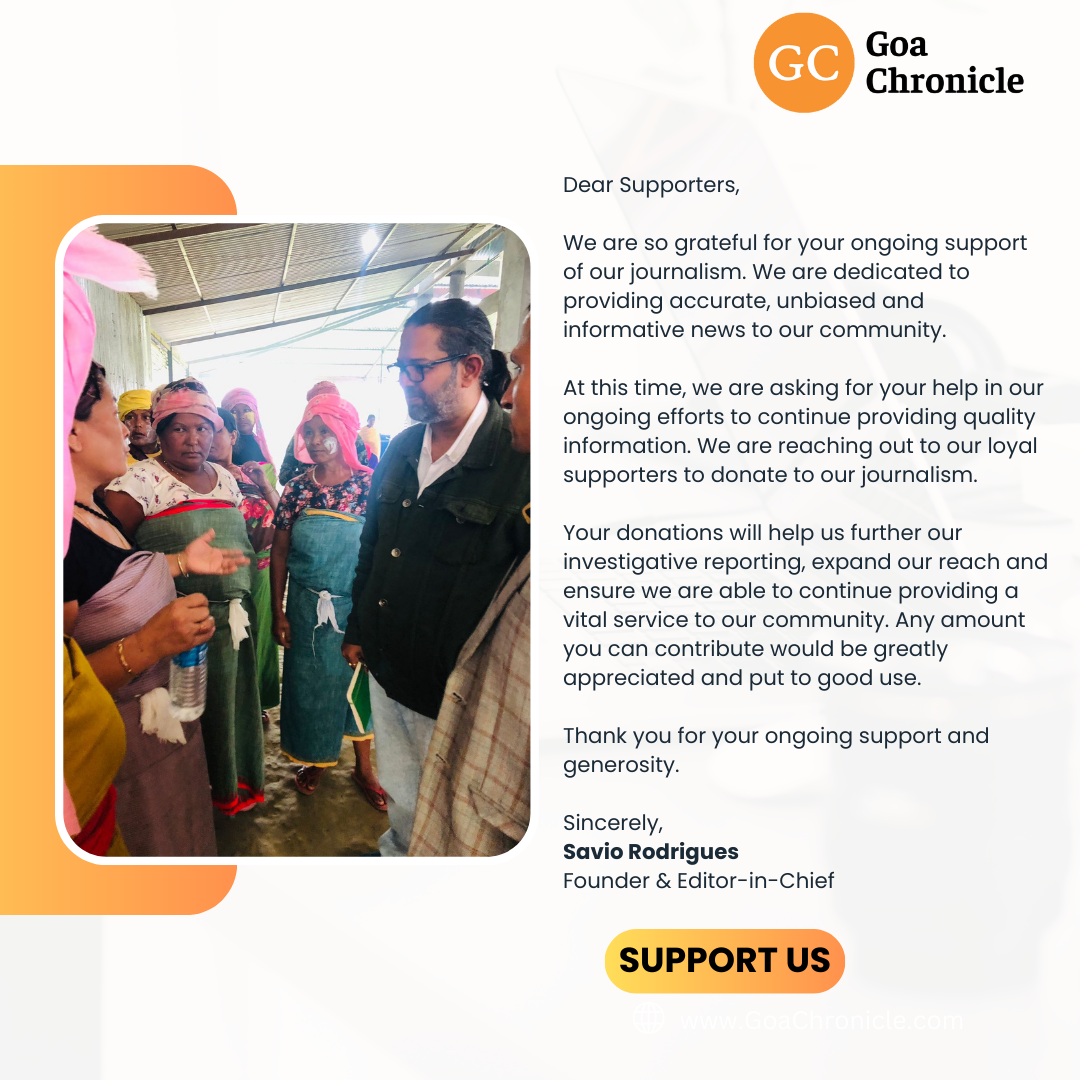On Friday, September 1, Assam Rifles Director General, Lt Gen PC Nair, said, ‘The situation that we are facing in Manipur is unprecedented. We have never faced anything of this kind. Something similar happened in the early 90s when the Nagas and Kukis fought and then within the Kuki groups also there was a fight in the late 90s.’
He stated, ‘Today, the biggest challenge is the large number of weapons that are out within both communities. Related to this, is the minds of both communities. Today, there is so much against each other, it is so corrupted. This needs to be stalled. There is a need for realisation to come for the people that the only way forward is peace.’
The DG further stated that during the last four months, the country’s oldest paramilitary force has destroyed bunkers, seized weapons, and rescued innocent people from both groups in Manipur.
The most important question which now arises, in the wake of the statements made by Lt Gen PC Nair, is that if the biggest challenge being faced in the state by the forces is the number of weapons in Manipur, it is crucial to know how the civilians of the state got access to such a large number of arms, which is certainly not a normal phenomenon for a society.
Secondly, the thing which becomes crystal clear is that no matter how much people hope and pray for peace to prevail in Manipur, it will not happen until and unless proper disarmament takes place in the conflict-stricken northeastern state.
As per official sources, on Thursday, August 31, at least 5 persons were killed, and 18 were injured in the Bishnupur and Churachandpur districts, following continuous gun-battle between the groups of Kukis and Meiteis, who are at gory loggerheads in the state.
An official said that the firing was continuing in the foothills of Khoirentak in the Bishnupur district and adjoining Chingphei and Khousabung areas in the Churachandpur district. The violence had started on August 29, when a village volunteer aged around 30 years was killed following heavy firing in the Khoirentak area.
This further clarifies that the weaponry possessed by the fighting groups is indeed a major catalyst, triggering the violence in the state further; disarmament and finding out the sources of these weapons, the only ways for peace to return.
Despite the incidents of violence still being reported, ‘The worst is behind Manipur, and the ethnically divided state is headed towards better times.’ Lt Gen Nair believes.
The DG expressed, ‘If I have to sum up, the worst is behind us. Though sporadic incidents of shootings and killings are being reported, those will gradually subside and we are heading towards better times.’
Coming clean on certain allegations on the Assam Rifles of being biased towards one particular community involved in the conflict in Manipur, he said, ‘We are not biased, and I want to be clear about that. We destroyed an equal number of bunkers from both communities. We recovered equal numbers of weapons from both sides. The number of people we have saved from becoming victims of violence is also equal.’
‘Why should we favour one community over another? We have soldiers from both sides in our force, and there has been no conflict between them. That truly reflects the leadership present in both the Army and the Assam Rifles.’, remarked Lt Gen Nair.
‘These officers are doing everything they can to keep the peace.’, he added.
































